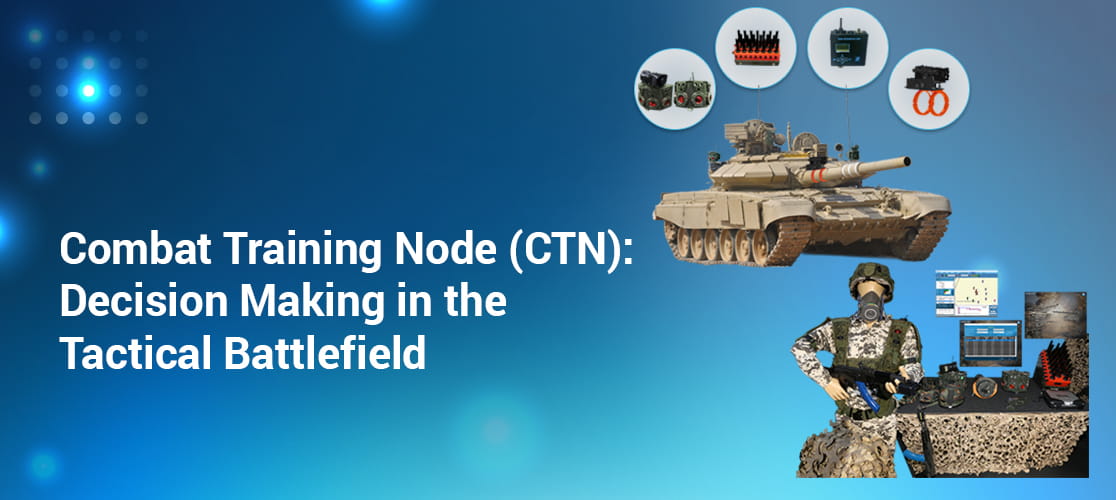
Victory in modern warfare is not dictated by firepower alone but by the ability to make precise, split-second decisions under extreme pressure. The nature of conflict has evolved, demanding not only superior weaponry but also forces that can adapt, coordinate, and execute strategies with surgical precision. Traditional military training, while foundational, often relies on predictable drills and scripted war games that do not fully replicate the unpredictability of real combat. Soldiers conditioned to perform within structured environments may struggle when faced with asymmetric warfare, urban combat, and multi-domain battlefields where quick-thinking tactical decisions determine survival. The ability to analyse, adapt, and execute in real-time is what separates a well-trained force from an unprepared one.
Why Military Training Must Evolve
Warfare is no longer confined to linear battlefields with clear frontlines. Today’s conflicts involve urban combat, mechanized assaults, counterinsurgency operations, and hybrid warfare, requiring multi-domain coordination and rapid adaptation to shifting threats.
Despite these changes, many military training models remain grounded in outdated doctrines, where :
- Enemy movements are pre-scripted, limiting the need for real-time tactical decision-making.
- Forces train in isolation, preventing seamless coordination between infantry, armoured units, and artillery.
- Performance evaluations are based on observation rather than objective combat data, leaving gaps in assessment and improvement.
- Large-scale exercises that require extensive resources cannot be conducted frequently due to high cost and logistical challenges.
This disconnect between how soldiers train and how modern wars are fought creates vulnerabilities. A force trained in controlled, predictable conditions will struggle in the chaos of real combat. As warfare evolves, it demands faster decision-making and integrated combat operations, and military training must evolve to align with these expectations.
Zen Technologies’ Combat Training Node (CTN) is designed to bridge this gap. Unlike conventional training models, CTN immerses soldiers in unscripted, dynamic combat scenarios where they must think, react, and execute missions in real time. By integrating force-on-force
engagements, mechanized operations, and post-exercise performance analysis, CTN ensures that troops do not just train for war—they train as they would fight.
Combat Training Node (CTN): The Next Level of Combat Training
Zen Technologies’ Combat Training Node (CTN) creates a real-time battlefield environment where soldiers engage in unscripted combat scenarios against live adversaries. Unlike traditional training models, CTN dynamically adapts, ensuring that no two exercises unfold the same way.
CTN operates on a team-based engagement framework, dividing trainees into Red and Blue forces to conduct live tactical operations against each other. The system tracks every action, from terrain utilization to weapons deployment, ensuring an objective, data-driven performance evaluation.
Key Components of CTN
CTN integrates two advanced training modules to replicate real battlefield conditions :
1. Train Smarter with the Tactical Engagement Simulator (TacSim)
The Tactical Engagement Simulator (TacSim) allows soldiers to engage in force-on-force combat simulations without live ammunition, ensuring that every movement and decision is tracked for performance evaluation. Unlike static drills, TacSim replicates urban warfare, open-field combat, and close-quarters engagements, requiring troops to adapt to unpredictable enemy actions. The system also employs a quantified assessment framework, providing objective performance analysis that helps refine tactics and decision-making under combat conditions. By simulating logistical constraints, enemy deception tactics, and battlefield unpredictability, Zen’s CTC ensures that forces develop the resilience, adaptability, and tactical precision needed to operate effectively in high-intensity conflicts.
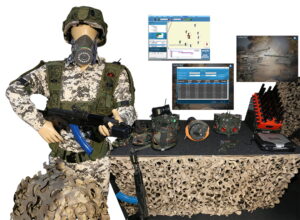
2. Master Warfare Art with the Armour Combat Training System (ACTS)
The Armour Combat Training System (ACTS) focuses on real-time mechanized warfare, training tank crews and armoured formations in multi-unit coordination, rapid manoeuvring, and battlefield precision. Indian Integrated Battle Groups (IBGs) have similarly prioritized joint mechanized training, enhancing their ability to execute fast-moving, high-impact armoured assaults. .
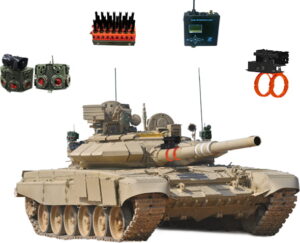
By combining TacSim and ACTS, CTN ensures that every soldier, squad, and armoured unit operates in a realistic, high-pressure combat environment that mirrors actual war conditions.
The Strategic Advantages of CTN
CTN is not just an advanced training program—it is a doctrinal shift in force preparedness. By establishing a standardized, scalable combat training framework, it ensures that all units—from infantry battalions to armoured regiments—train under identical high-intensity battlefield conditions.
For nations committed to long-term strategic dominance, CTN offers several key advantages :
- Real-Time Tactical Adaptation – Soldiers train in unpredictable battlefield conditions, developing combat instincts that cannot be learned in scripted exercises.
- Objective, Data-Driven Performance Evaluation – Every movement, engagement, and tactical decision is quantified, eliminating subjective assessments.
- Multi-Force Integration – Infantry, armour and combat support units train together, reducing operational silos and improving joint combat execution. Thus, eliminating discrepancies in training across different military units.
- Cost-Effective Training – Provides high-intensity combat training without the resource burden of live-fire drills.
- Enhanced Operational Precision – Forces that train in CTN environments demonstrate sharper battlefield instincts, better coordination, and faster tactical execution.
Countries that invest in simulation-driven training models maintain a continuous state of combat readiness, ensuring that forces remain effective across multiple operational theatres.
Training for Victory
Battlefield success is determined long before the first shot is fired. The Combat Training Node (CTN) ensures that troops do not enter combat unprepared—they arrive having already fought and refined their tactics in training.
Modern warfare is unforgiving—the military that trains the hardest, adapts the fastest, and executes with precision will always hold the advantage. Zen Technologies’ Combat Training Node (CTN) ensures that soldiers don’t just learn tactics—they master them in battle-like conditions. By investing in performance-driven, simulation-based training, militaries can ensure that their forces enter the battlefield with the instincts, coordination, and tactical precision needed to win. Nations that prioritize battle-ready training today will shape the wars of tomorrow.

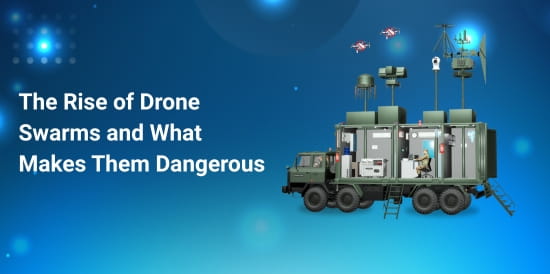
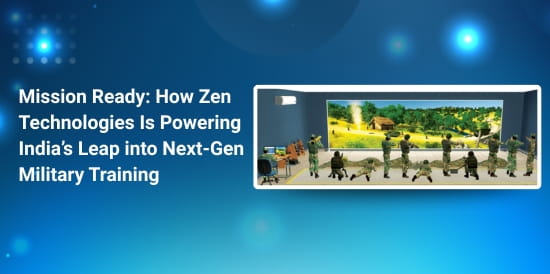

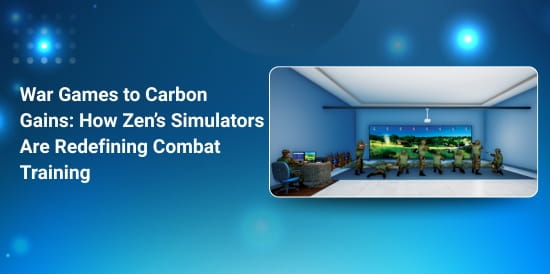
Leave feedback about this